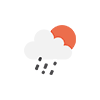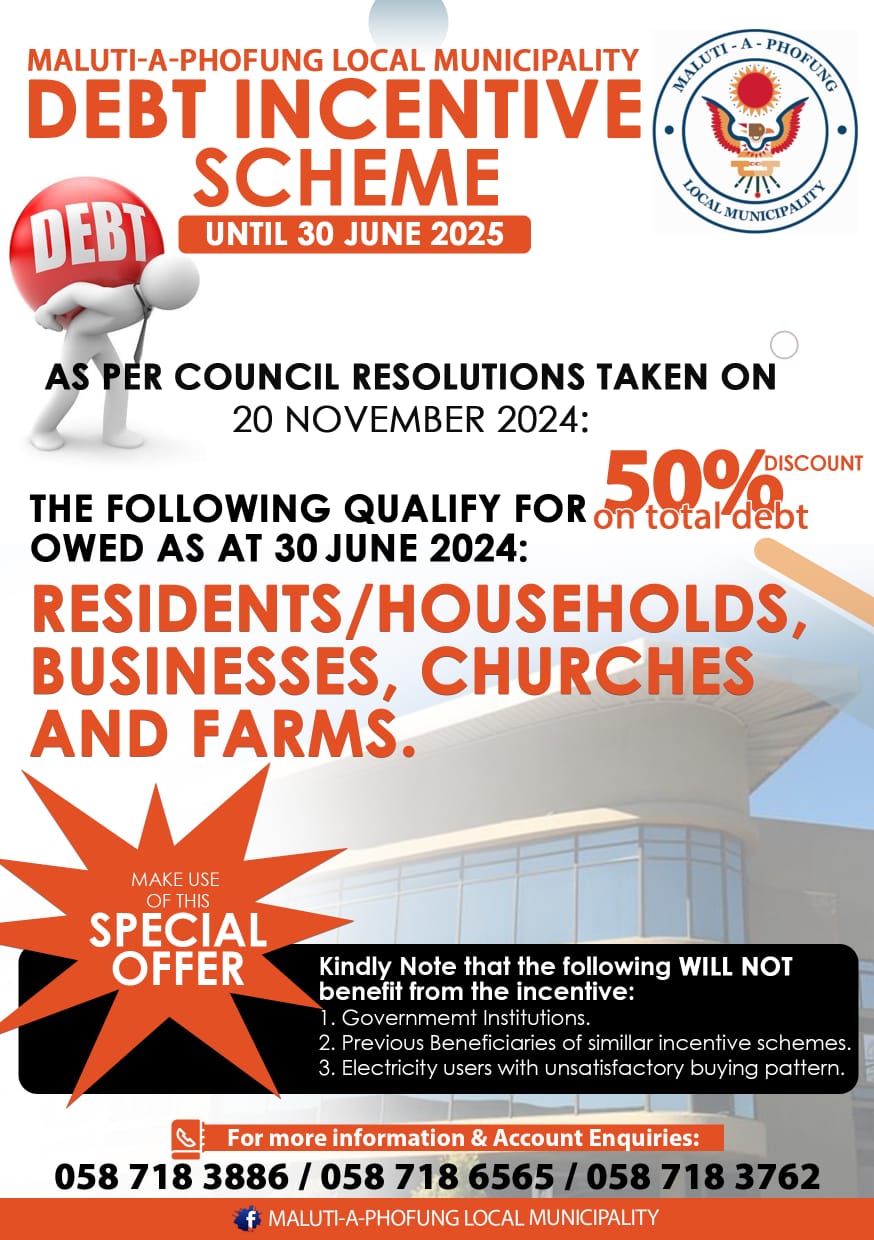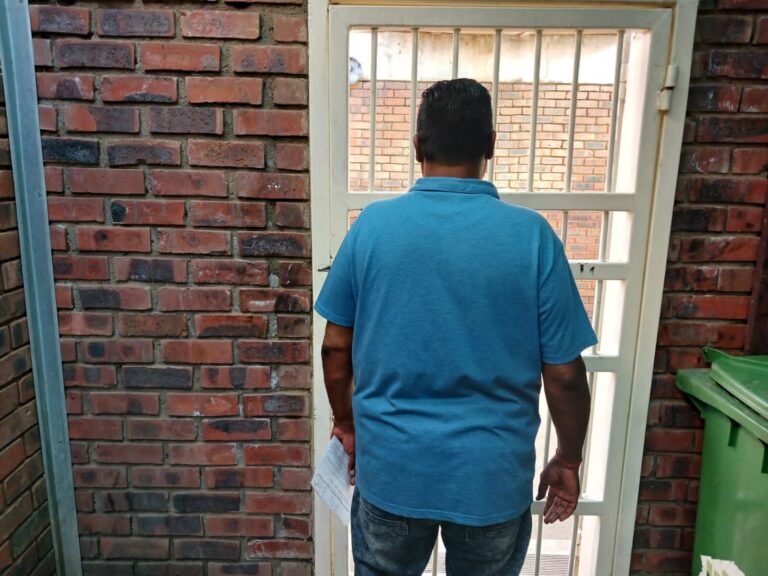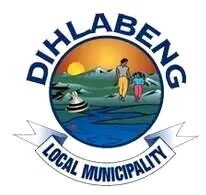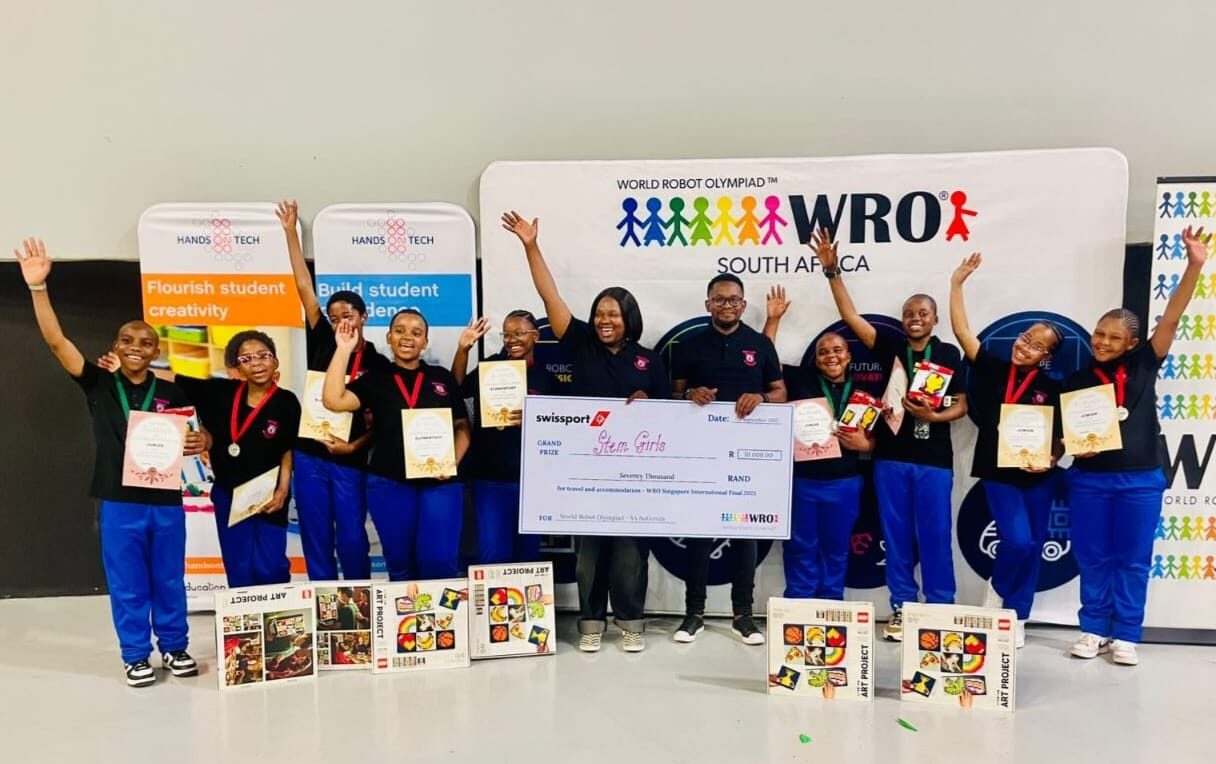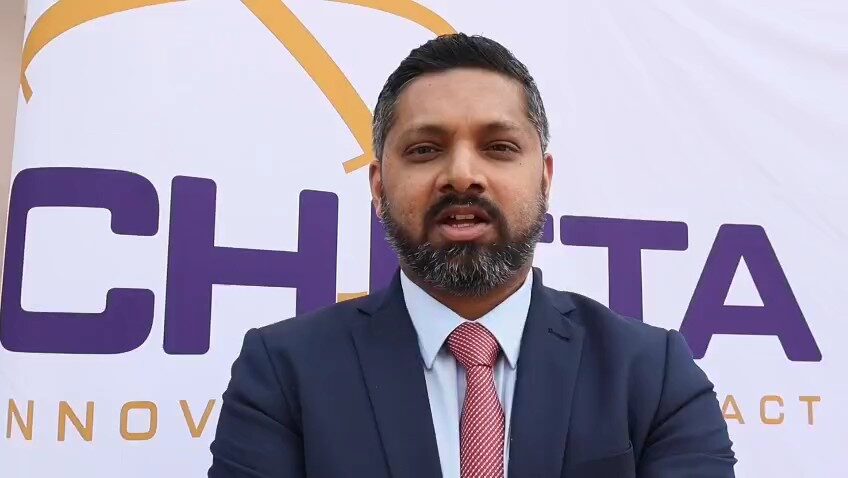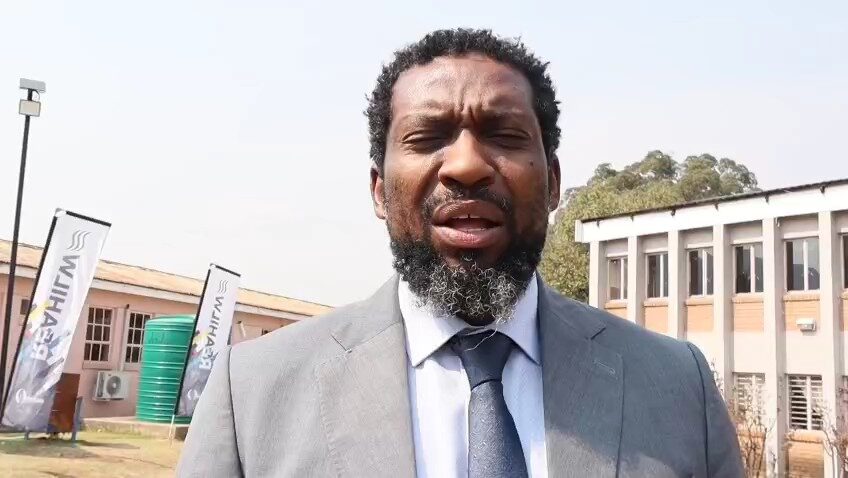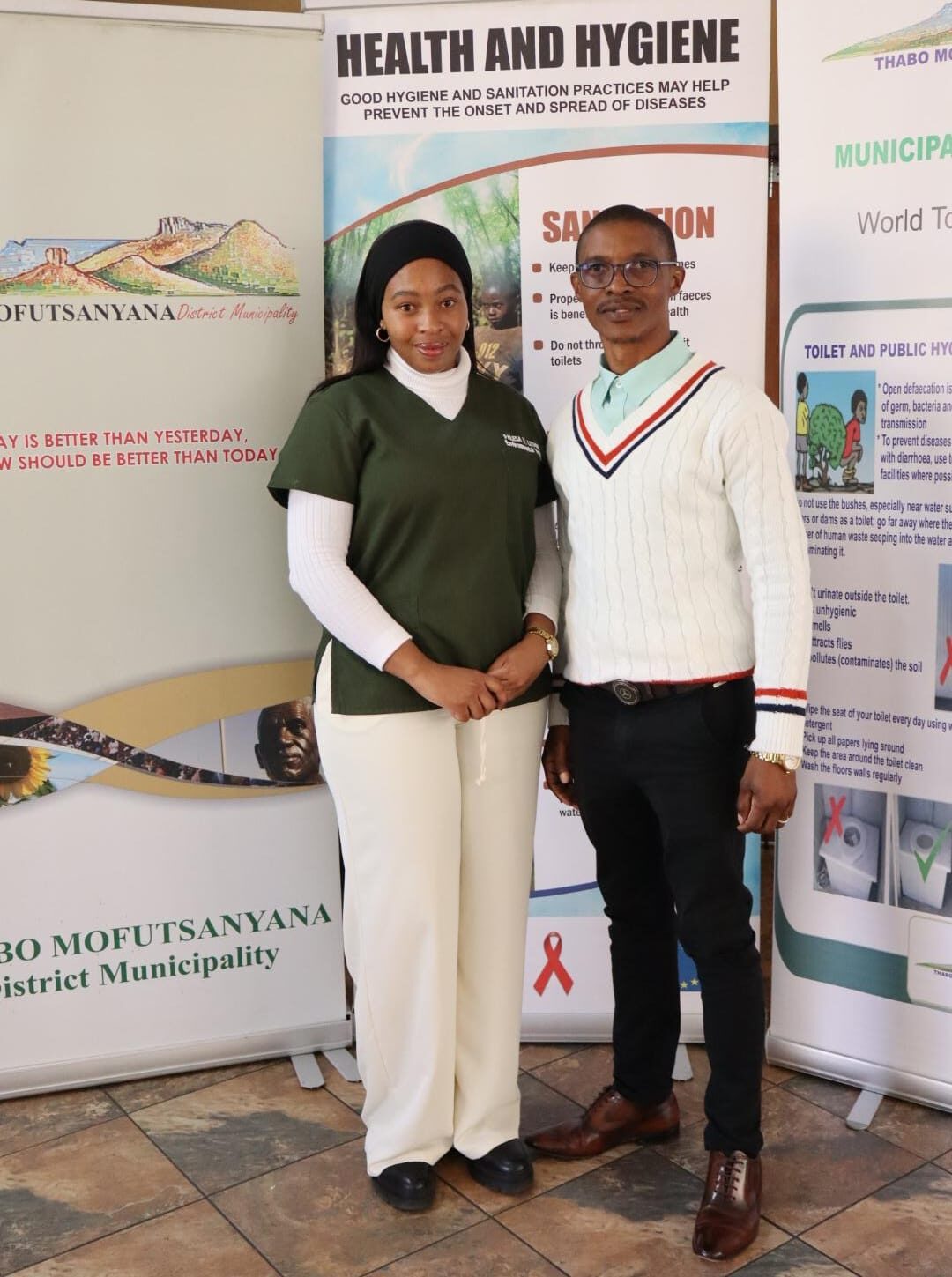By Emily Setona
PRETORIA – Journalists from across the country who attended a recent science journalism workshop hosted by the South African Agency for Science and Technology Advancement (SAASTA) say the training has significantly enhanced their ability to report on science-related stories accurately and engagingly.
The workshop, held from March 5 to 7, 2025, in Pretoria, aimed to equip community journalists with the skills needed to communicate complex scientific topics effectively.
Community journalist Anezwa Tom from Zibonele FM, a community radio station based in Khayelitsha, Western Cape, shared her experience:
“I found the workshop to be truly engaging and enjoyable, especially in learning effective ways to cover climate change stories and craft compelling science articles. While it was challenging at first, the experience proved highly rewarding. The data journalism component was particularly valuable, introducing me to new tools and techniques for creating impactful stories.”
Similarly, Sinalo Sinama, a journalism graduate from Rhodes University, expressed her enthusiasm:
“I learned a lot of things I didn’t know before. The workshop helped me understand how to write stories based on scientific research and reinforced just how broad science journalism is. The data journalism segment introduced me to new tools that will be really useful in my reporting.”
According to Zamuxolo Matiwana, SAASTA’s media coordinator, the workshop was designed to expose community journalists to the field of science journalism, ensuring they can inform, educate, and inspire their audiences.
“Workshops like these provide valuable opportunities for journalists to refine their skills and strengthen their role as trusted sources of scientific information. By prioritizing credibility, continuous learning, audience engagement, and accessibility, science journalists can ensure their work remains both informative and thought-provoking,” said Matiwana.
With scientific advancements shaping society, the demand for skilled science journalists has never been greater. In an era of rampant misinformation and disinformation, science journalism plays a crucial role in bridging the gap between complex discoveries and the public.
During an interview with The Guard, renowned science journalist Adele Baleta shared key insights on succeeding in this specialized field.
She emphasized credibility, continuous learning, accessibility, and audience engagement as the essential pillars of effective science journalism.
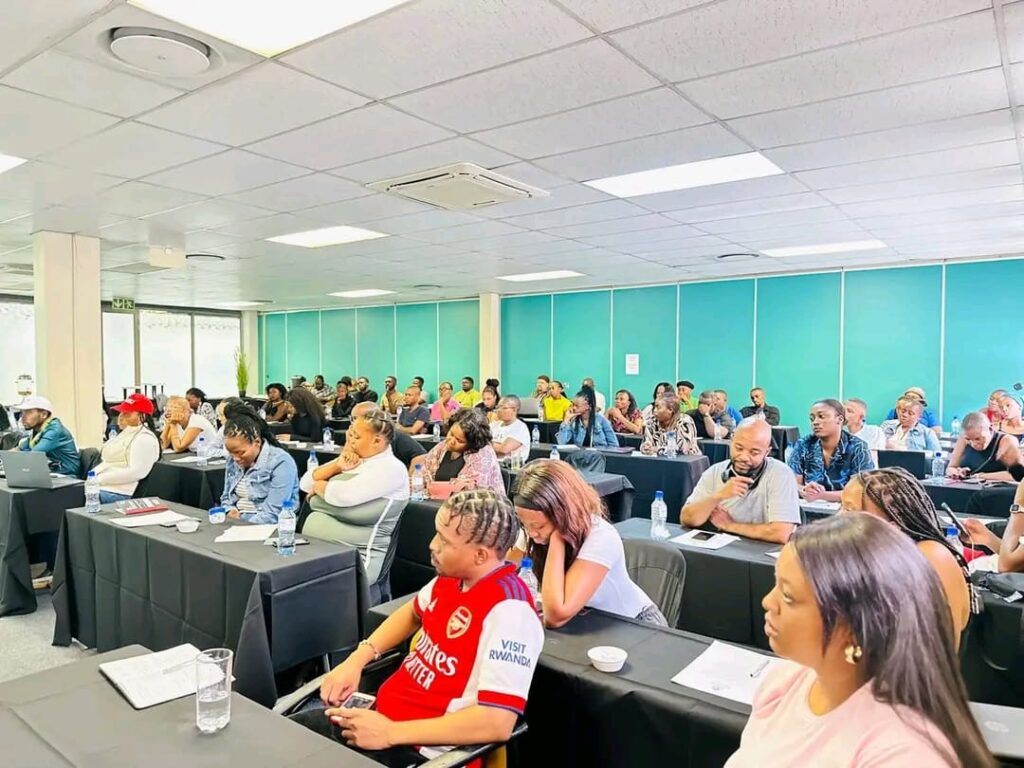
Journalists from community media houses across the country attending SAASTA Science Journalism Training in Pretoria.
Additionally, Paul Plantinga, a research manager at the Human Sciences Research Council (HSRC), provided practical training on using digital tools to create data visualizations. He demonstrated how journalists can incorporate maps, graphs, and charts into their stories to make them more engaging and informative.
“By learning about data journalism, journalists can integrate different types of visual elements into their reports, enhancing storytelling and making scientific information more accessible to readers,” Plantinga explained.





